Solutions
Examples of Thermal solution Solutions
-
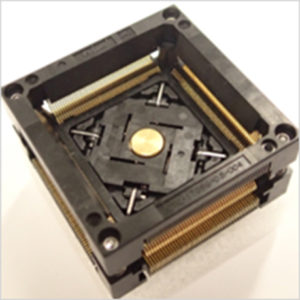
QFP/SOP Open Top Socket with Ground Pins
Stable Contact Performance with Cantilever Structure (2-Point Contact)
Ground Pins for Continuity Testing and Heat Dissipation Pins for High-Heat Packages -

Open top BGA two contact socket
Stable contact performance due to (two-point contact) structure
Double door structure makes it easy to insert PKG -
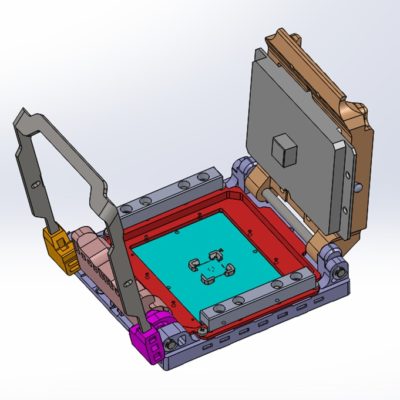
Custom socket for high power liquid cooling system
Not only BGA, and LGA, but also various type of package including QFN can be designed by using a socket that is suitable for the thermal head size
-

LCF series (general-purpose molded frame)
Low price and quick delivery for various devices up to 100mmx100mm
Replacible on site by surface mounting method -
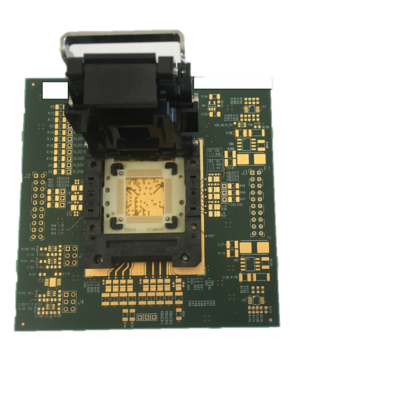
Carrier Socekt
Easy package handling with carrier PCB
Multi-height pusher for different thickness devices -
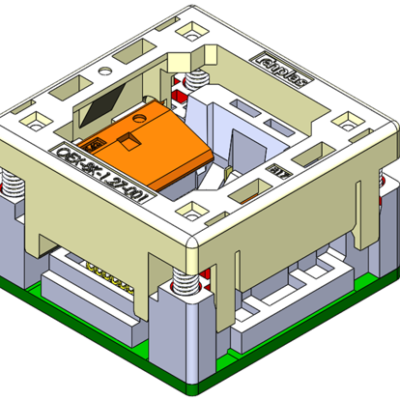
Sockets for power devices
Compatible with various power devices that are not handled by other companies
It is also possible to consider the optimum pin arrangement and support large currents of power devices. -

Improved cover handling socket for large devices
Enable to operate with stable pressing force for high pin count solutions.
-

Height adjustable socket
By just switching a lever, the height of Heat sink pressing surface is adjusted to enable one IC socket to test PKGs of different thickness.
-
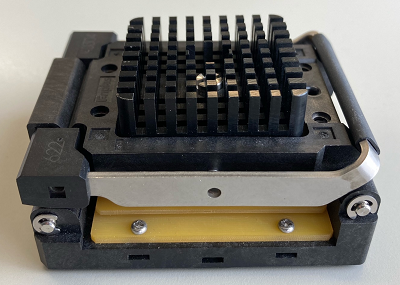
Socket with heat sink
Heat Sink will reduce the increase of device temperature by contacting device surface with this parts and radiating the device heat into the air.
-
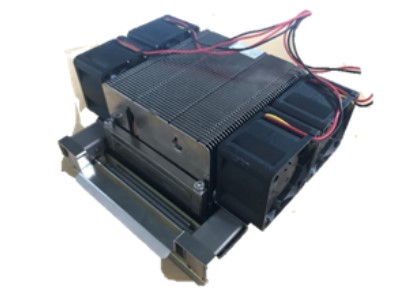
Burn-in socket with heat pipe
High heat dissipation performance due to the heat circulation structure of the heat pipe improves the accuracy of individual temperature adjustment tests for high heat generation PKG.
-

Test socket with heat pipe
The high heat dissipation capacity enabled by the heat pipe's thermal circulation structure allows for the measurement of devices with high-heat-emitting packages.
-
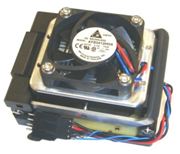
Individual Temparature Control System
Heater and temperature sensors can be attached to control the temperature of the device for each socket.
Achieves more accurate temperature control in comparison with general burn-in equipment (temperature setting ± 3 ° C)

